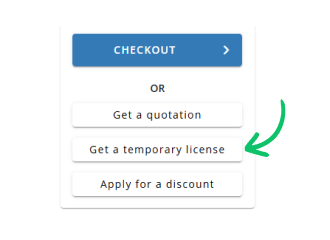GroupDocs.Viewer at a glance
API to render, display, convert documents, slides, diagrams, and many other document types in Java applications

View documents efficiently & reliably
With GroupDocs.Viewer API you can efficiently render documents of any supportable formats to HTML, JPEG, PNG, and PDF with flexible and powerful options while maintaining content and document structure integrity. GroupDocs.Viewer works on Windows and Linux platforms.
Most popular file and document formats are supported
We support rendering over the 180 most popular file and document formats that include Word, Excel, PDF, PowerPoint, OpenDocument formats family, Archives, Raster and Vector images, e-Books, programming languages and markups, and many other file types, including encrypted files with password protection.
Customizable output
GroupDocs.Viewer allows not only to render the document, but also to control how exactly, which parts of the document should be rendered or now, how they should be rendered, and to apply different transformations to the rendered output.
Web UI for Spring framework
We provide an open source UI package for Spring framework that can be added to your project in a couple of minutes. The Viewer.UI package contains an Angular-based web-UI and delivers a set of useful APIs and data storage providers.



















